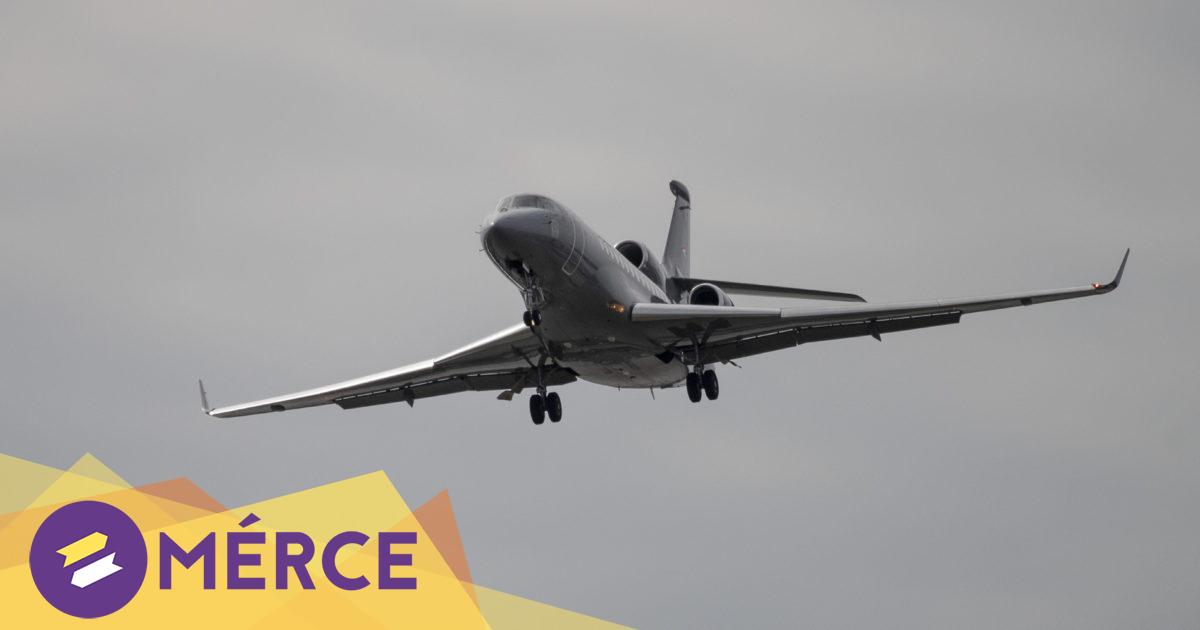It is not true that the air traffic controllers cut the pay increase by 15 percent, because there was no real increase in wages, 24 hAn informant who identifies himself as an “unknown industrial source”. According to the newspaper, managers have suffered a median income drop of as much as 30 per cent, or even 40 per cent, since the start of the year, a far cry from offsetting with a 15 per cent wage increase for three years.
The 40 percent income loss comes from the fact that in the case of a junior air traffic controller, the base salary is around HUF 830,000, of which comes a 20 percent shift allowance. But no one will receive an attendance bonus, 395,000 forints, since January. The drop in income came as a result of protracted wage negotiations, where old agreements had already expired but not yet been replaced by new ones.
In terms of wage negotiations, the paper also notes that while the unions’ biggest demand was to keep real wages at the 2019 level, in reality they were all about the extent of the cut. According to the source, this is well illustrated by the fact that in order to end the three-year wage negotiations and collective labor dispute, the union’s last proposal was to cut income by 5 per cent in 2019 in real terms.
While the fact that air traffic controllers are still one of the highest paid professions, the above is somewhat more accurate than the picture painted by government communications, which was that air traffic controllers underestimate the 15 percent increase in their salary from 1.3 to 1.4 million.
As we reported, according to information received by the Hungarian nation at the end of July, air traffic controllers wanted to strike for several days due to wage negotiations that had been stalled for years. However, the day after the article was published, at the planned beginning of the strike, two government decrees were signed by Prime Minister Viktor Orban. in the Hungarian newspaper, which effectively prohibits the planned shutdown, under the pretext of the state of emergency.
And so air traffic controllers turned to a creative way of protesting by driving some flights on longer routes, “drifting” onto the runways.
According to air traffic controllers, this is not retaliation and the procedure is not called slowdown, all that happens is that the “shortcuts do not speed up traffic” but follow exactly the paths filled in in the flight plan.
Several trade unions have voiced opposition to the ban on air traffic controllers’ strikes: the Vasse union put it this way, with the decision another attack on workers’ rights by passing legislation designed for some individuals and organizations in the last seconds.
As previously reported after FAS, public sector unions also defended the demands and rights of air traffic controllers. The unions called on the government to enter into wage negotiations rather than restricting the right to strike, and stressed the need for an agreement to ensure that basic equipment to fight the pandemic would be provided even in the event of a strike. The call of public sector organizations is symbolic because it is also very difficult or completely impossible to strike in the professions they represent because of the government or the strike law.
The Hungarian Confederation of Trade Unions (MASZSZ), the Trade Union Cooperation Forum (SZEF), the Concentration of Intellectual Trade Unions (ÉSZT) and the Trade Union Association expressed their concerns in a joint statement. According to them, since it will be possible to ensure the smooth circulation of vital equipment for epidemic control even in the event of a strike, it is assumed that business interests and, among other things, the intention to operate international tourism operate smoothly. But this cannot be a reason to limit the right to strike and to interfere with the functions of the state.
The unions also stressed that
The government, as the representative of the Hungarian possessing state, may not confuse the exercise of property rights with the performance of the functions of public administration.
(24 h, Scale)
Cover Photo:
MTI/Peter Komka












































